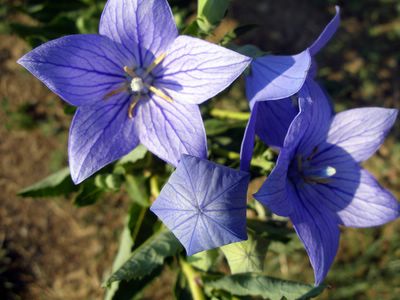
Me and Keith at Dahlem Nature Center in Jackson, MI, photo by Gail Slaughter

An unthemed blog of thoughts and mutterings. Join me for a few mutterings of your own. This is my "master" blog, through which you can access all my other blogs and websites. I hope you'll leave a comment when you visit!
My mother, who’s living at Loretto nursing home now, had a brain tumor the size of a lemon, and though the operation was supposedly a success, she has lost her short-term memory and is often confused. But she sometimes says remarkable things:
A Hibiscus Wind
Mom rolls her wheelchair to the red hibiscus
in the nursing home lounge,
watches closely. Dusty petals tremble,
and so do her thin shoulders, rounded
under sweaters and afghans. She leans closer, bowing
her head toward the fabric blossoms. Her pale
face reflects scarlet and gold. She glows
with excitement, leans ever closer.
The air conditioner snorts, rattles, and wheezes.
"Oh," she says, backing suddenly away,
voice falling, like her hands. "It's only
the wind. I thought small birds
were gathering to burst out
and I wanted to be ready
to catch one."
Mary Stebbins,
For Margaret (Mom)
050804c , 050805a
I would like to be near the bush when the birds of wisdom and love burst forth and I’d want to gather them all into my arms for a moment. Perhaps they’ll arrive in a rainbow of color, sprinkle me with joy dust.
While my mother suffered only disappointment, I experienced something akin to a small epiphany, hearing her words and seeing images of these birds, seeing another world superimposed over the everyday one.

Platycodon grandiflorus (Plat - i - koh' - don) is a single species plant, but fortunately it is very variable.
Native range is primarily Japan and Northern China, Korea and Eastern Siberia. There it grows in grassy open places on hills and mountains. The weather they survive in those areas makes the plant adaptable to a cold hardiness of Zone 3; heat tolerant in all but the Gulf Coast and Southern Florida.
Soil conditions are usually rich with humus, well drained. The root systems are large and carrot-like, making them tolerant of dry conditions, but they perform best with adequate moisture.
Full sun is best for bloom, however light open shade is acceptable.
Stems are stiffly upright on Balloon Flowers. As foliage matures the plant takes on an overall vase shape. Buds and blooms develop, adding to the weight of the individual stems. When the first rains appear during bloom you can count on the stems falling over, so staking is required if floppy flowers are not desired.
Height is 24-30", so this is the way the plant places it's seeds away from the parent. Leaves are bluish-green or gray-green in color with sharp-toothed margins. Outline is generally ovate to a rounded lance shape about 3" in length. Leaves are arranged in whorls the base of the stem, becoming alternate as they ascend.
The plant received its name from the inflated buds. As they mature each bud swells until it resembles a paper lantern or balloon.
The balloons open into five pointed broadly shaped shallow bells, sometimes described as saucer shaped stars. Blooms resemble Campanulas to which they are related.
Petals, which can reach up to 3" across, are arranged solitary and terminal. Veins of a deeper color radiate outward from center to pointed tips, further enhancing color and form. Reminds me of landing guides for bees. Buds and blooms are long lasting both in the garden and as cut flowers for the table.
Balloon Flowers are important plants for the late season garden. They begin blooming in mid-July lasting through the month of August. Colors of white, pink and lavender are available with shades of blue being the most common. Blue is a color not frequently found in any season.
Cut flower fans will appreciate the long stout stems and large blooms. Be sure and sear the milky stems before placing in water. They are easy to grow and thrive during our most humid and hot weather. For more information.
